Let’s face it: a plane is no comfy place to sleep. Between the sardine-packed spaces and constant noise, sleep in the sky is hard to come by (unless you’re flying first class or have the power to knock out anywhere).
Missing out on shuteye can lead to exhaustion and jet lag when you reach your destination. However, it doesn’t always have to be this way. Working around these limitations can increase your chances of restful slumber onboard.
Read on for our science-backed strategies* for how to sleep on a plane.
1. Stay at the right temperature.
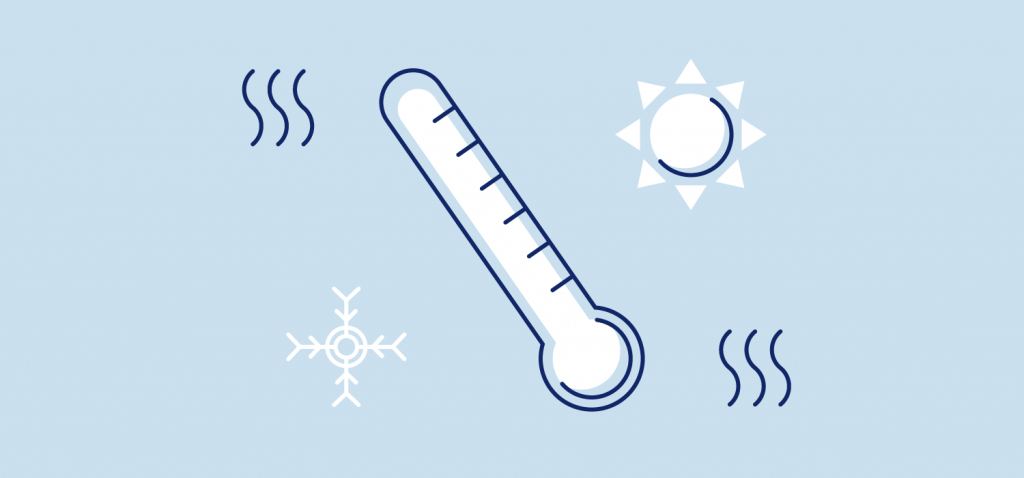
Science suggests that the temperature for optimal sleep is between 60 and 67 degrees Fahrenheit. While cabins are generally kept between 71 and 75 degrees, temperatures fluctuate in different zones of the cabin and when a plane takes off, is in flight, and lands. A study found that 60% of planes experience temperature swings of 50 degrees. Dress in light, easily removable layers to both prevent overheating and from getting cold when the airplane cools.
Research from the School of Medicine at the University of Pittsburgh also found that cooling head temperature helped insomnia patients achieve equal sleep quality to healthy participants. Try a cooling cap to create a sleep-ready environment.
2. Wear bed socks.
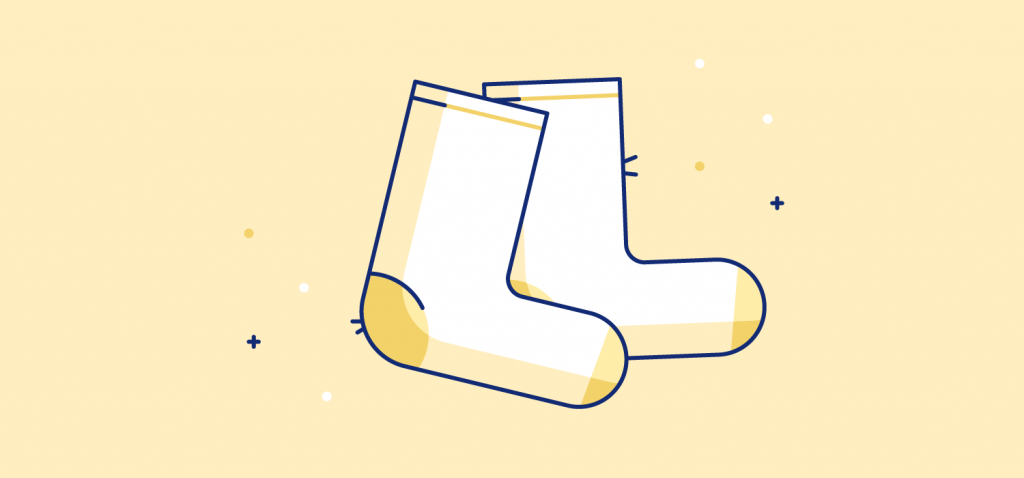
In addition to a blanket, you may also want to kick off your shoes and wear some bed or flight socks. A study in the Journal of Physiological Anthropology found that feet-warming socks led to 7.6% higher sleep efficiency, 7.5 times fewer sleep awakenings, and 32 more minutes of sleep among the participants.
3. Power down your devices.
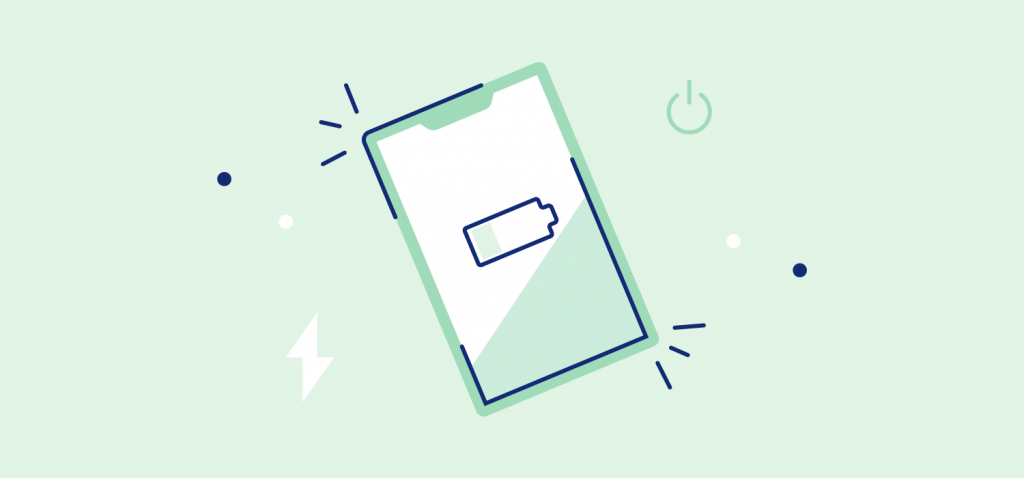
Here’s the deal: if you’re hoping to catch some sleep, you’ll need to unplug from your phones, tablets, and mobile devices. A study from Harvard University found that blue light emitted by phone screens shifts your circadian rhythms and suppresses melatonin — the hormone responsible for your sleep-wake cycles.
4. Wear a light-blocking eye mask.

Natural light can also delay your sleep. A study published in the Journal of Clinical Endocrinology & Metabolism found that exposure to room light shortened melatonin duration by about 90 minutes. Dim the lights as much as possible and wear a mask to block out light.
5. Listen to pink noise.

Instead of your favorite playlist, you may want to consider pink noise. Unlike white noise which plays evenly at the same frequency, pink noise intensity decreases as the frequency increases. Think beach waves, steady rainfall, and rustling leaves. A small study conducted in Front Neurology found that listening to pink noise decreased the time participants took to fall asleep by 38 percent.
6. Wear noise-canceling headphones or earplugs.
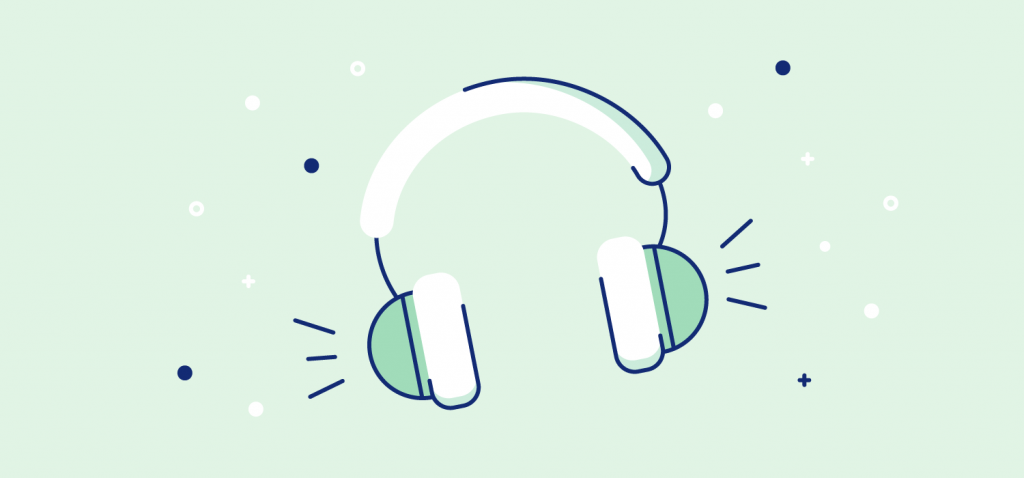
You might not realize it but airplane noise is loud. According to the American Speech-Language-Hearing Association, a cruising plane emits 85 decibels — the equivalent of a vacuum running. A study in the Annals of Occupational and Environmental Medicine found that aircraft noise created sleep disturbances for those living near an airport. It’s no wonder it’s hard to sleep on a plane! A pair of noise-canceling headphones or earplugs can help block out the noise.
7. Uncross legs and use footrests.
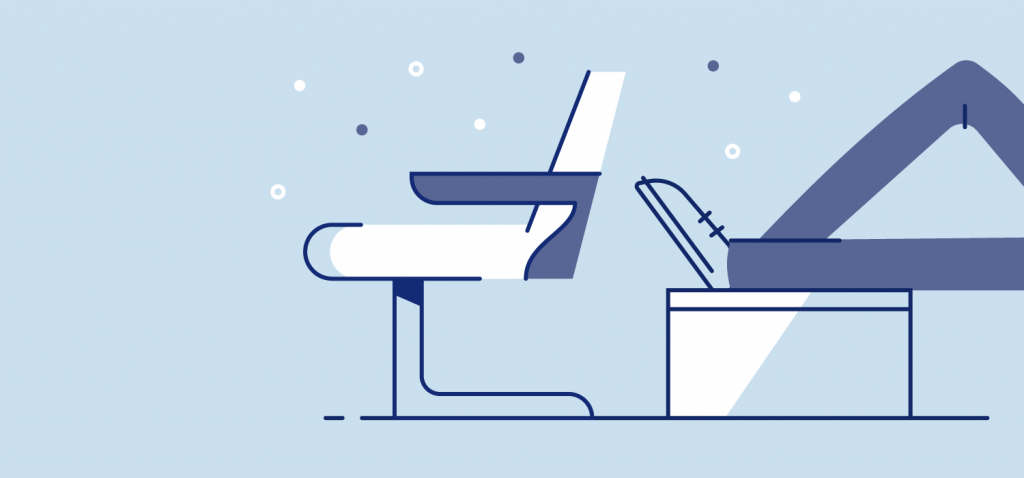
When you cross your legs, you apply pressure to one side of your body. While it may help get you into a more relaxed position, crossing your legs can restrict blood flow and increase your chances of a blood clot on long flights according to the Center for Disease Control and Prevention. Instead, keep both your legs straight and put a slight bend in your knees.
Another tip: keep personal items and bags out of the under seat area, allowing you room to stretch and provide circulation to your feet. A footrest can provide additional support.
8. Lean backward with proper support.
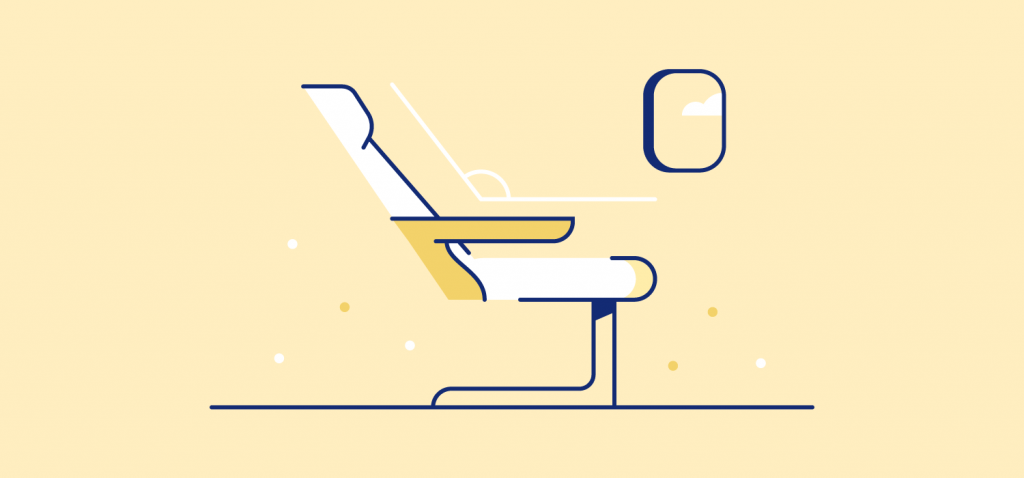
If you’re flying in Economy class, your options for reclining your seat may be limited. Experts at the American Academy of Sleep Medicine say that leaning back to a 135-degree angle is the safest sleep position, as it places less pressure on the body and decreases the likelihood of developing a blood clot. You’ll want to move back 40 degrees in your seat, but don’t be that person that leans their chair all the way.
Don’t take armrests lightly. A study in the Orthopedic Clinics of North America found that armrests can alleviate back pressure, which often prevents sleep. Rest your forearms on top of the rests to support your upper body and take some of the work off your spine.
9. Add a pillow to the lower seat back.
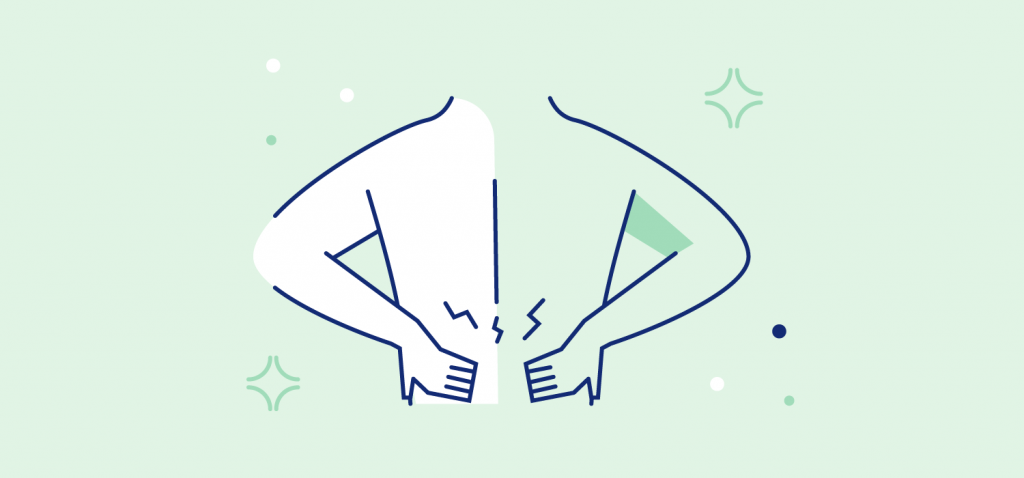
The truth is our bodies aren’t designed to sleep upright. Sitting upright even at workplaces stress on our bodies. To counteract, place a rolled up jacket, blanket, or small pillow across the lower seatback to support the natural S-curve of your spine. Sleep experts suggest that proper lumbar support can improve comfort and reduce back pain from long flights.
10. Embrace a neck pillow.
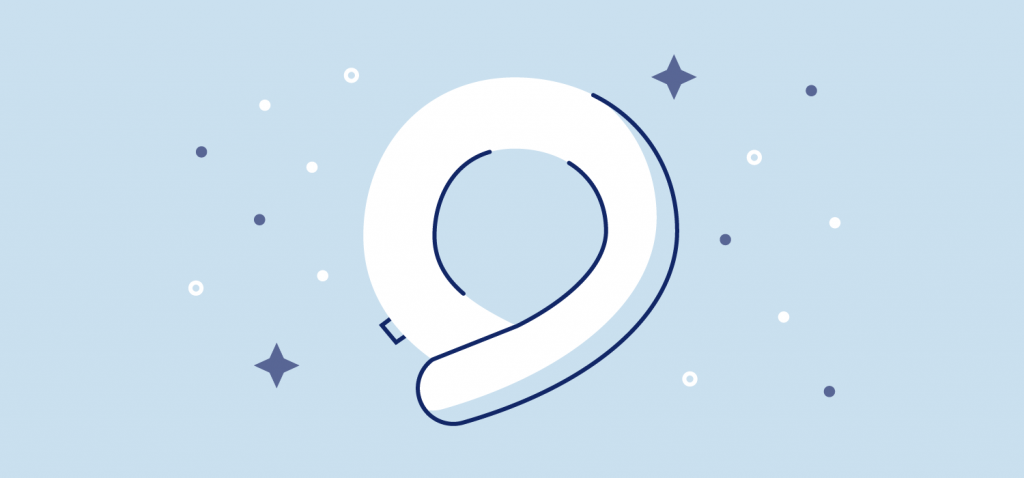
A big reason why we can’t sleep on planes is that our heads aren’t properly supported. We know, neck pillows look a little awkward. However, a survey in Human Factors and Ergonomics found that a U-shaped pillow wrapped around the head and that supports the chin provided the least head movements, leading to less discomfort during sleep.
11. Avoid alcohol and caffeine.
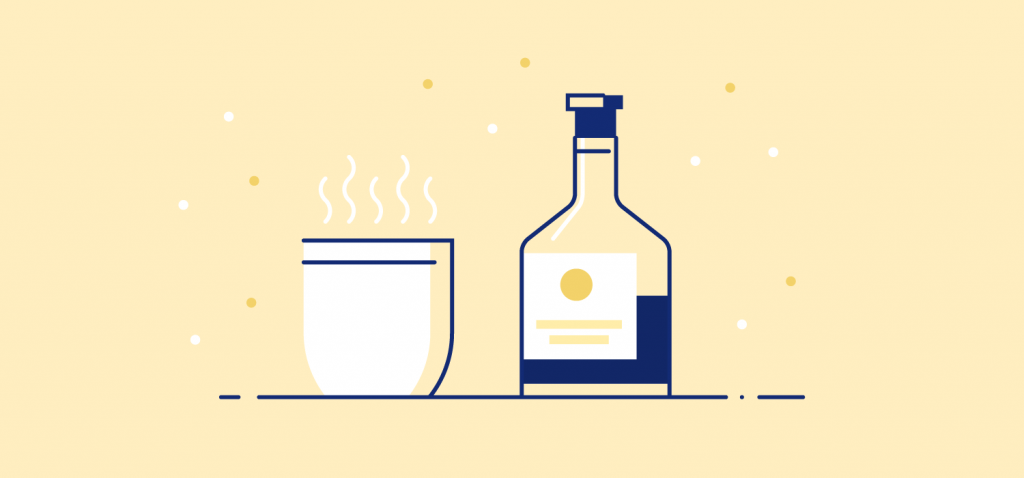
Not the booze! Unfortunately, alcohol isn’t the answer for airplane sleep. While it can initially lull you into slumber, studies show that alcohol can lead to more awakenings, worse sleep quality, and less deep sleep. Plus, you will wake up feeling dehydrated and groggy, amplifying the dreaded jet lag.
Coffee enthusiasts out there will also want to avoid caffeine. According to Science Translational Medicine, caffeine can remain in your body for up to 14 hours, delaying your circadian clock and preventing you from getting some needed shuteye.
12. Try lavender aromatherapy.
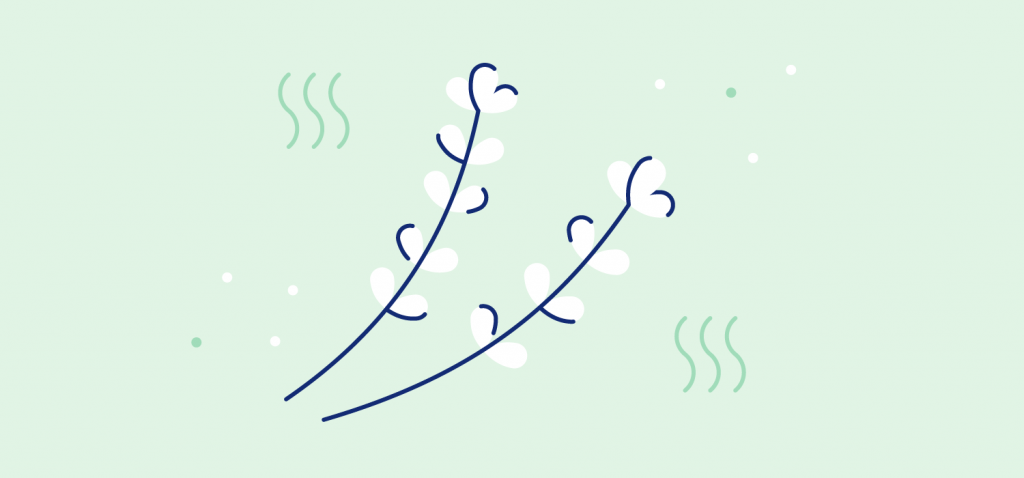
Don’t want to take sleeping pills? Try whiffing some lavender instead. A small study by psychologists at Wesleyan University found that lavender increased slow-wave sleep among participants. Slow-wave sleep is that type of deep sleep where the heartbeat slows and muscles relax — exactly the sleep you need on a plane!
13. Munch on potassium-high snacks..
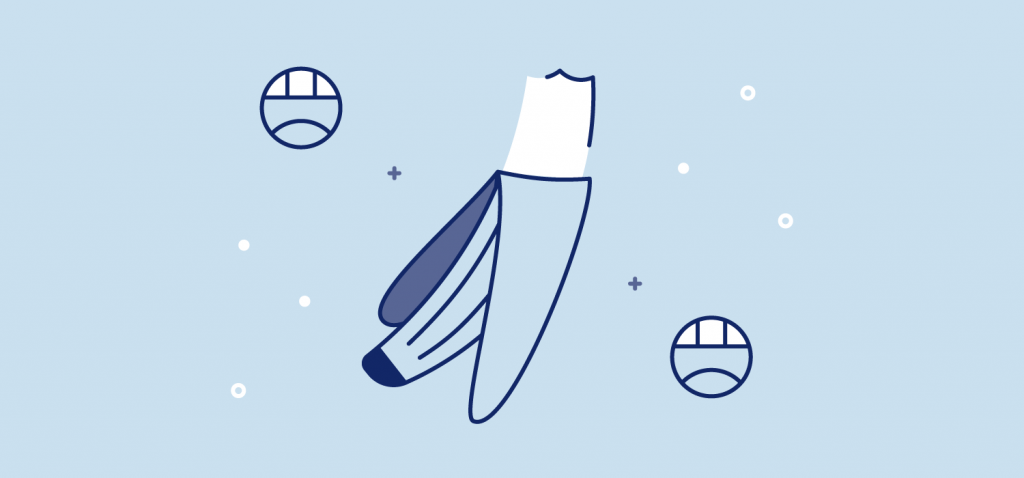
Bon appe-sleep! While it’s recommended to avoid heavy foods, studies in International Journal of Tryptophan Research show that the magnesium and potassium present in bananas can help regulate blood pressure and induce some fruitful sleep.
14. Stay humid and hydrated.
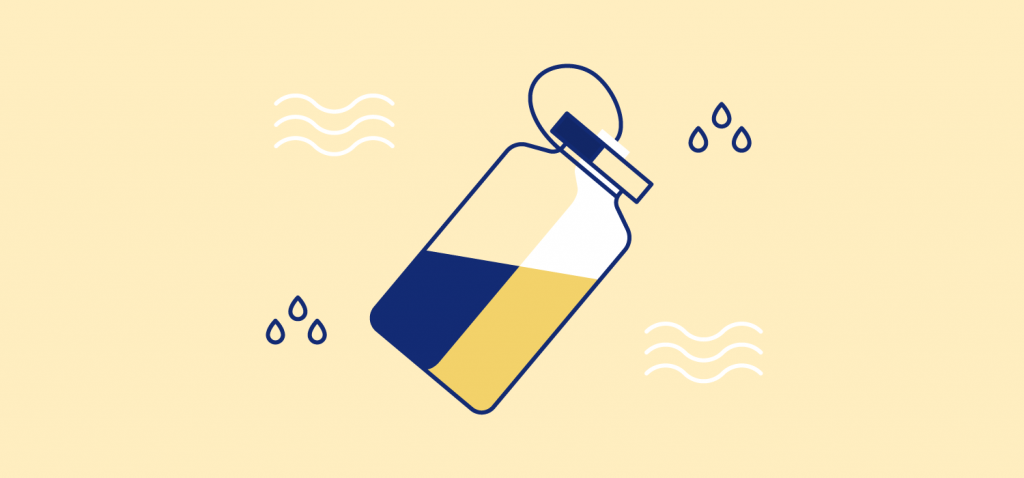
Although the EPA recommends keeping your home around 30 to 50 percent humidity, airplane cabins usually have less than 20 percent humidity. Research says that these desert-like conditions can dry up your nasal passages and make it difficult to catch some sleep.
To soothe nasal passages, the National Institute of Health suggests a humidifier. Of course, it’s not logical to bring one on board, so you can either use nose drops to keep your nasal passages or inhale a cup of hot tea, water, or coffee. Experts also recommend drinking 8 ounces of water for each hour you’re in the air to combat the dry air.
15. Practice mindfulness meditation.

In the midst of all that traveling stress, we often forget to unwind. One way to relieve stress is through mindfulness meditation, a practice where you focus on heavy breathing and being aware of the present moment. A clinical study in JAMA Internal Medicine found that mindfulness breathing leads the participants to have less insomnia, less fatigue, and overall better sleep.
What to Do Before You Fly
Now that you know some onboard sleep tips, you can take some additional preparation right before you take off as well as during the days before you even arrive at the airport.
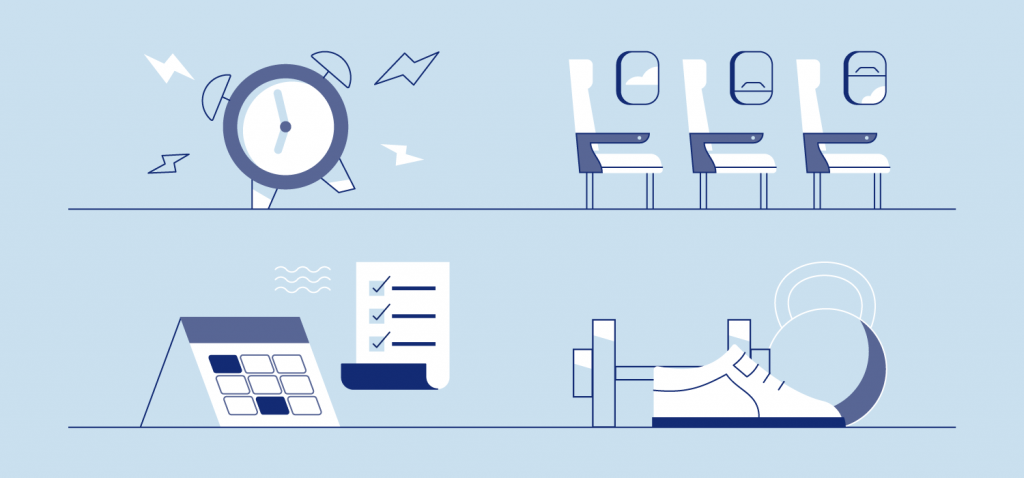
Choose the right seat.
Book a seat based on the side you normally sleep on. If you can, get a jump on window seats, as you can rest your head against the windows for support. Seats closer to the exit rows provide leg room for extra comfort. And if possible, pick a flight during a time where you’d usually be in bed.
Change your sleep schedule before the flight.
Our circadian rhythms are linked to ambient light — adding light in the evening will keep us awake and delay our clocks, while removing light will let allow us to sleep earlier. Sleep experts say that it takes roughly 24 hours for our biological clocks to shift by one hour. Use this rule of thumb to slowly adjust your sleep time closer to your final destination.
Follow a routine.
When you’re at the airport, follow activities that you normally would before sleeping, such as reading a book, wearing lounge pants, and brushing your teeth. It’ll help your mind to think it’s your normal evening routine before bed.
Exercise before the flight.
Exercise is the answer to everything. A study in the Journal of Strength and Conditioning Research found that resistance training in particular that decrease times woken up after initially falling asleep.
Sleeping on a Plane with Sleeping Pills
According to Expedia, 15% of travelers “always or sometimes” use medication to help them sleep. While sleep aids are powerful, they could create health problems in the long run. Pills like Ambien and Benadryl have side effects such as sleepwalking, dehydration, and prolonged grogginess and put you at a higher risk of getting a blood clot on a long flight.
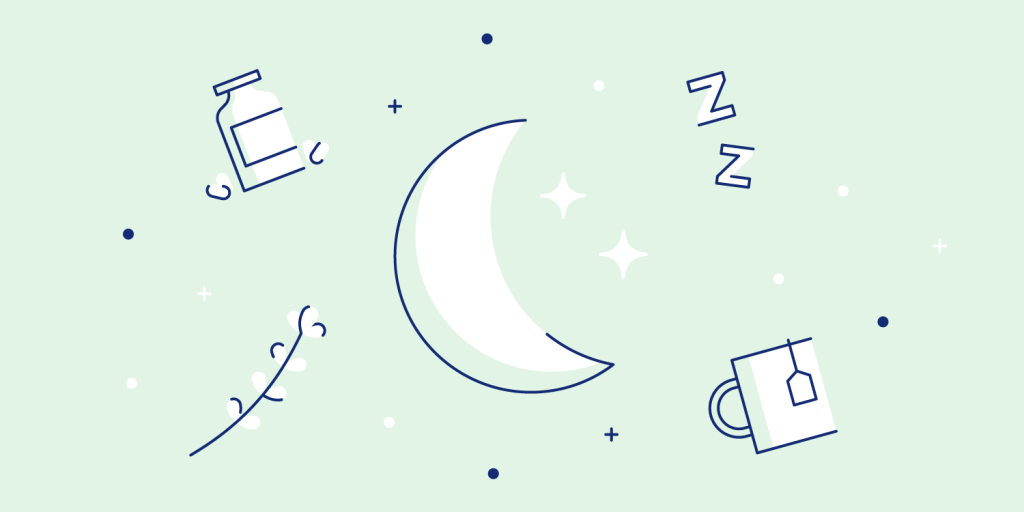
Since it’s produced by your body, melatonin can be a safer sleep aid. The Cochrane Database of Systematic Reviews found that a dosage between 0.5 and 5 milligrams can be effective at helping you sleep faster. The catch? Melatonin has to be taken about five hours before a flight.
An alternative to sleeping meds is using a natural sleep aid like lavender to calm you. Foods such as bananas, almonds, cherry juice, chamomile tea, and snacks with high carbs have also been shown to aid in slumber.
How to Sleep on a Plane When You Snore
Snoring on a plane sounds like a nightmare. Why do we snore? Snoring is caused by tissues along our airways vibrating as we breath or exhale. To reduce snoring, try sitting upright and reclining at an angle. The effect of gravity in this position can help reduce these vibrations.

Avid snorers will also want to avoid alcohol, as booze helps to relax the airway muscles and lead to louder snoring. Allergy treatments, nasal dilators, and anti-snoring mouthpieces can provide relief and prevent soft tissues from obstructing airways. Hydration is key, as this keeps mucus from forming in your throat and amplifying your snores.
So why can’t we get some sleep in the air? Simply put, it’s a mix of the seat structure, less-than-ideal cabin conditions, and our sleep cycles. A plane is not the best place to sleep. but it’s not impossible. If you can maximize your sleep environment, you’ll have some quality plane sleep and arrive at your destination refreshed and ready to go. By following simple advice, sleeping in a car, plane, boat, or other moving vehicle no longer has to mean you miss out on shut-eye.
For all these science-backed tips we shared, check out our infographic below.* Visit the link following each sleep statistic for its source. Casper has not independently verified the sleep statistics or sources.
Sleeping must-haves for long flights
First, the products you have with you can make all of the difference. Whether they help with a firm place to rest your head or an eyemask to block out the overhead light of the passenger in front of you, what you have with you matters.
EverSnug Travel Blanket and Pillow
$27.95 at Amazon
Don’t be afraid to bring your own cozy blanket and pillow on your next long flight. Just make sure you have a set that won’t take up too much space in your carry-on luggage.
The EverSnug Travel Blanket and Pillow works great for long flights because it’s lightweight and can be used as a blanket or a pillow. You can leave it in its case for use as a comfy pillow, but you can also unzip your EverSnug to use the plush 65-inch by 40-inch blanket inside. This product is not only affordable, but it’s perfect for those times you may need a pillow or a blanket but not both.
Imily Bela Women’s Knitted Wrap Cardigan
$43.99 at Amazon
Travel advisor Nicole LeBlanc of Mon Voyage Travel says she always gets on a plane wearing long, loose-knit clothing akin to wearing a nightgown. Then, layer up with this cozy travel cardigan from Imily Bela, which can give you an extra layer of comfort during overnight flights. Not only is this cardigan machine washable, but it’s less than $50 on Amazon and comes in 17 different colors.
Travelrest Ultimate Travel Pillow
$29.95 at Amazon
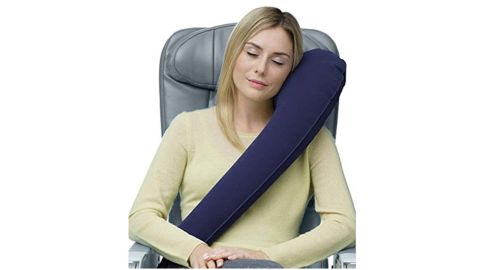
LeBlanc also recommends the Travelrest Ultimate Pillow for superior comfort when you’re trying to sleep upright. This travel pillow is uniquely shaped to provide support whether your seat is on the aisle, next to the window or even if you’re in the dreaded middle seat.
“I can’t explain how this bizarre comma and banana shape works better for me, but I love it,” LeBlanc says. “It’s easily stored when deflated, rolling up like a croissant.”
Bucky 40 Blinks No Pressure Beauty & Travel Eye Mask
$12.99 at Amazon
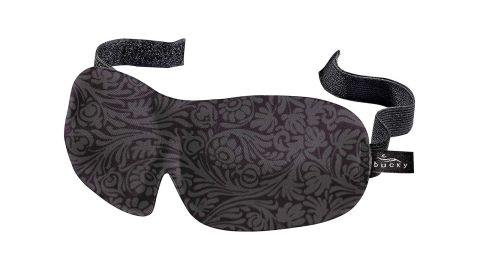
LeBlanc also wears a sleep mask, specifically the Bucky 40 Blinks No Pressure Beauty & Travel Eye Mask. It’s lightweight and has a molded foam that’s contoured to avoid putting pressure directly on your eyes. It won’t smudge makeup and allows you to blink freely while also blocking out light.
Other sleep masks to try include the Mulberry Silk Sleep Mask from Brooklinen or the Cotton Sleep Eye Mask from Mavogel, which topped our list of the best sleep masks of 2022.
Cabeau Evolution S3
$39.99 at Amazon
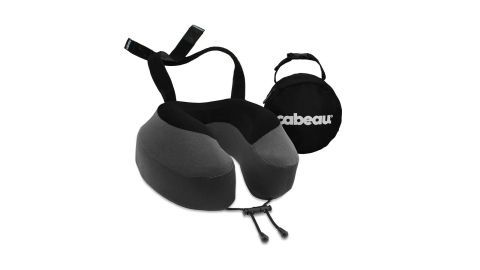
In our testing, we dubbed the Cabeau Evolution S3 the “Goldilocks of travel pillows.” The pillow is firm enough to support your head and neck while also being soft enough to fall asleep on. Better yet, it’s made of a springy memory foam material that allows you to compress it into a small travel carrier to easily fit in your bag. This pillow is the perfect mix of comfort and portability.
Houcopa 2-Pack Collapsible Water Bottle
$21.99 at Amazon

There’s nothing worse than feeling dehydrated several hours into your long-haul flight. Instead of hoping for a flight attendant to come around with water, it makes sense to have your own water bottle along for the ride.
This set of two collapsible water bottles from Houcopa is made of food-grade silicone and folds down for easy transport. You can carry it in your travel backpack with ease, then fill it up with water once you get through airport security.
Huzi Infinity Pillow
$39.90 at Amazon
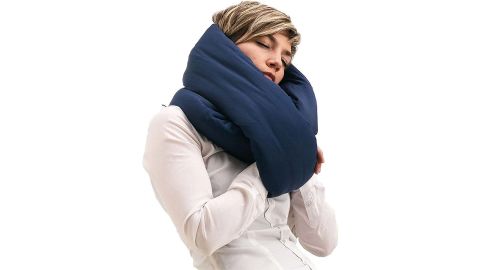
Derek Hales has been testing sleep-related products for his company NapLab since 2014. He swears by a good travel pillow for getting better sleep on a long flight, adding that his favorite is the Huzi Infinity pillow.
“The pillow wraps around your neck and is adjustable, allowing you to get the right support where you need it,” he says.
The pillow is made of soft bamboo fabric and layers of microfiber, so it’s more breathable than cotton. Better yet, caring for the pillow is easy — it’s machine washable. It also comes in eight different colors, so you can find the perfect one to match your carry-on bag.
Bose QuietComfort 45 Noise-Canceling Headphones
$329 $279 at Amazon
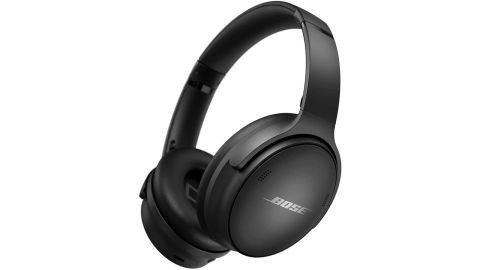
Noise-canceling headphones can make all the difference in creating a good sleeping environment while you’re on a flight. Hales adds that his favorite noise-canceling headphones are the Bose QuietComfort 45, which he’s been using since 2016.
“They are incredibly well built, high performance, and compact for easy travel,” he says.
Alpine FlyFit Airplane Pressure Relief Earplugs
$16.99 at Amazon
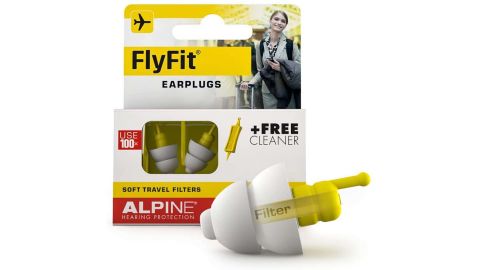
If you’re not in the mood to spend hundreds on noise-canceling headphones, you can still get some protection from plane noises with a good set of earplugs. Alpine FlyFit Airplane Pressure Relief Earplugs are less than $20 on Amazon, and they block out noises while also preventing ear pain while in the air. They’re made of reusable hypoallergenic material that are designed to fit in your ear canal. Pair them with a comfortable neck pillow, and your sleeping situation is sure to be immediately improved.
Sony WH-1000XM4
$349.99 $278 at Amazon

In our testing, this set from Sony won the title of the best overall noise-canceling headphones. That is thanks to their class-leading sound and phenomenal noise-canceling ability. So if you’re trying to down out the crying baby three rows ahead or the loud conversation happening the row behind you, you’re in good hands with these headphones.
Sleepy Ride Airplane Footrest
$19.99 at Amazon
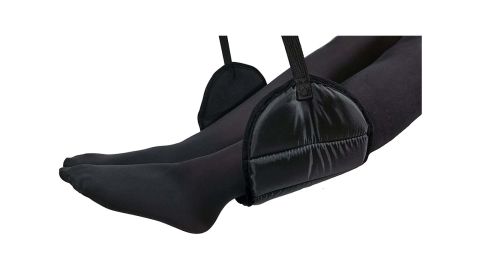
When it comes to making your legs and feet more comfortable during overnight flights, travel blogger Antonina Zaytseva of Embrace Someplace says the Sleepy Ride footrest sling has been a life-changing product. It fits right under the seat in front of you and allows you to rest your legs while traveling.
“I was skeptical at first, but the device actually fits under the seat as long as you’re not storing a large item under the seat,” she says.
Zaytseva adds that this one product has single-handedly improved her flying experience in economy more than anything else. When in use, it’s made to feel like you’re seated in a recliner with your feet resting on pillows, offering lower back support and preventing swelling and stiffness.
Maliton Inflatable Travel Foot Rest Pillow
$22.95 at Amazon
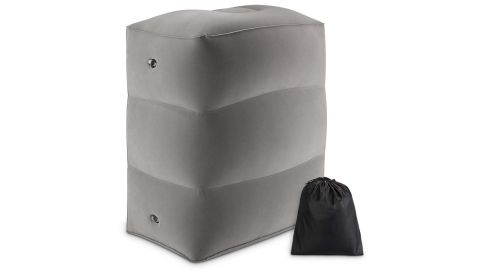
If you don’t like the idea of a footrest sling, you can also opt for an inflatable travel footrest. This one from Amazon can be easily blown up once you find your seat on the plane, and it comes with its own drawstring bag for storage.
Not only can adults use this inflatable footrest, but it could be the perfect addition if you’re traveling with kids. The footrest fills the gap between two seats, allowing children to lay flat. Better sleep for them almost always means better sleep for you, and especially if you have a second for yourself.
It’s worth noting that some airlines don’t allow this product on their flights — Emirates, Virgin Atlantic, Air France and Qantas, among others. You’ll want to check to ensure your next long-haul carrier does allow this product before purchasing.
Convenience Kits International 10-Piece Amenity Kit
$10.19 at Amazon
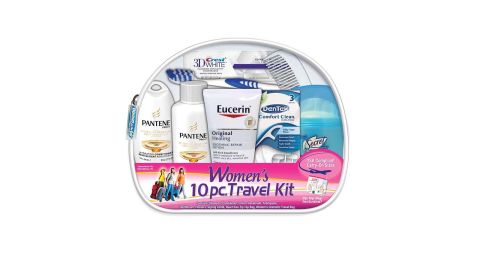
This 10-piece convenience kit offers everything you need to feel comfortable and clean on your long-haul flight. From a comb for your hair to lotion, a toothbrush and toothpaste and deodorant, you’ll arrive feeling fresh.
The best part? All the items in this amenity kit are TSA-compliant, so you can keep the whole kit in your backpack or carry-on bag.
Bombas 3-Pack Compression Socks
$72 at Bombas
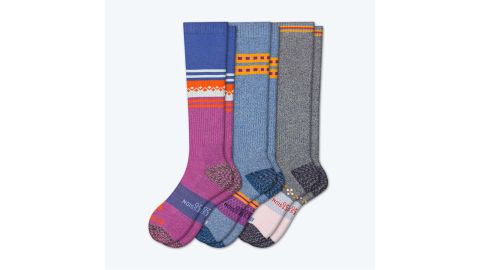
Travel advisor Laurie Robinson of Ovation Travel Group swears by compression socks, particularly when she’s traveling on longer, overnight flights.
“It keeps the blood circulating, which actually helps you sleep and reduces jet lag,” she says. “I was in total disbelief until I tried it myself, and now it has become a staple.”
While you can pick up compression socks almost anywhere, this three-pack from Bombas is made of extra durable yarn and comes in three different sizes and a few different colors and patterns.

![Top Rated CPAP Machine Buyer’s Guide [current_date format=’m/Y’]](https://bestpillowsleepers.com/wp-content/uploads/2023/03/best-cpap-machine-img_6405d72310053-400x300.jpg)
![The 11 Best Cooling Weighted Blankets [current_date format=’m/Y’]](https://bestpillowsleepers.com/wp-content/uploads/2023/01/best-cooling-weighted-blankets-img_63d4ff15c615d-400x300.jpg)
![Ultimate Guide to Choosing a Best Cooling Mattress Pads [current_date format=’m/Y’]](https://bestpillowsleepers.com/wp-content/uploads/2023/01/best-cooling-mattress-pads-img_63c403115126b-400x300.jpg)
![Ultimate Guide to Choosing a Best Cooling Mattress [current_date format=’m/Y’]](https://bestpillowsleepers.com/wp-content/uploads/2023/01/ultimate-guide-to-choosing-a-best-cooling-mattress-img_63bcdba870d77-400x300.jpg)
![Ultimate Guide to Choosing a Best Cooling Comforters [current_date format=’m/Y’]](https://bestpillowsleepers.com/wp-content/uploads/2023/01/ultimate-guide-to-choosing-a-best-cooling-comforters-img_63bba2f5cd3ce-400x300.jpg)